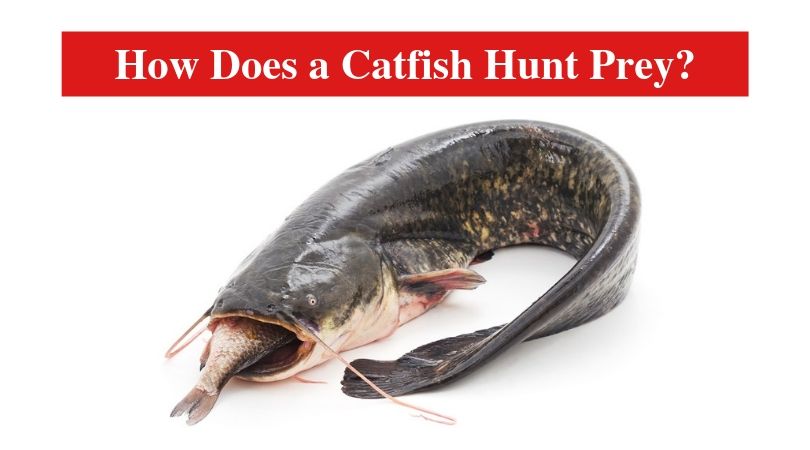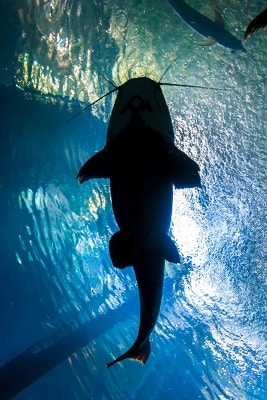
Catfish have some predatory behavior. They are known to hunt smaller fish, frogs, birds, and other aquatic animals such as mollusks and snails. We can say that if the prey is smaller than the catfish, it is potential food for the fish.
How Does a Catfish Hunt Prey?
The catfish mainly relies on its sensory organs to find prey in the water. Some rivers are home to many aquatic animals; this means catfish living there have many options for food, and they can grow very big. The two sensory organs catfish use for hunting prey in the water are its eyes and the barbels.
Catfish are sight feeders; they can see potential prey from a distance. This also helps anglers catch the catfish by using attractive baits as lures. In fish tanks catfish have been observed to swim in vertical positions in search of food, they can be upside down or upright depending on where the food may be at the time. We can say that swimming vertically puts the catfish in a position that obstructs its view and they may find it difficult to see prey. In such situations, catfish depend on their barbels.
The barbels are those filaments on the catfish’s snout; they look like whiskers. Adult catfish have long prominent barbels. They are also very sensitive organs; catfish use their barbels to detect the scent of prey from a distance.
Anglers who use live bait to lure catfish can land many fish in one day. The anglers cut up shads, which are a favorite food for catfish, and attach the pieces to hooks on their lines. In the water, catfish can easily find the pieces of shads by tracing the scent with their barbels.
Catfish have well-developed fins that help them swim very fast. The fins also put the fish at an advantage when hunting prey. Catfish can quickly swim after the smaller fish catch and eat them. The fins on a catfish are the pectoral fins, pelvic fins, anal and dorsal fins.
Catfish can eat almost any food; the catfish relies on stealth when it is hunting small animals such as birds or rodents that come to the surface of the water. While the bird drinks or takes a bath in the water, catfish can swim and attack the bird quickly.
In muddy parts of the river, catfish have an advantage. The catfish stays in the murky parts of the water often, because it can hide and feed there. Anglers can find catfish in rivers with murky waters if there is a slow fishing period.
The dark brown skin of catfish blends in with the murky waters, under this cover, catfish wait for smaller aquatic animals to swim by, if they are edible, the catfish can easily grab and consume the animal.
Catfish do not have teeth; they rely on the size of their mouths to consume small animals. An adult catfish has a fairly large mouth; it can easily swallow small prey.
This adaptive behavior of catfish makes it easy for the fish to survive in many parts of the world.
Related:
